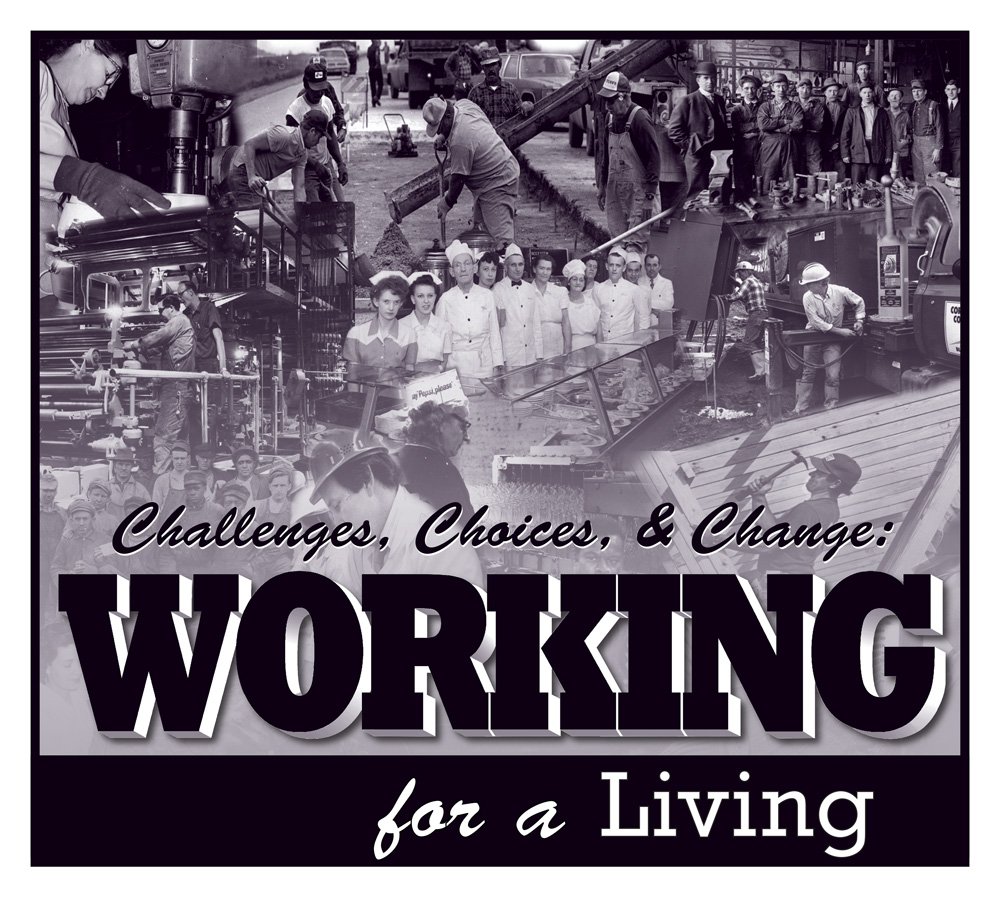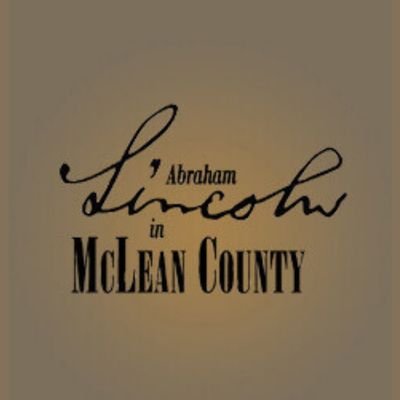
Making a Home
The land we call McLean County is the ancestral land of many Native groups, beginning with the Paleoindians 12,000 years ago, and most recently Algonquin-speaking groups, including the Kickapoo, who were forced west from this area in the 1830s. Other groups in this area include (but are not limited to) the Peoria, Kaskaskia, Piankashaw, Wea, Miami, Mascouten, Odawa, Sauk, Mesquaki, Lenape, Potawatomi, Ojibwe, and Chickasaw Nations. These lands were and are the traditional territory of these Native Nations prior to their forced removal; and these lands continue to carry the stories of these Nations and their struggles for survival and identity.
This statement was drafted in collaboration with Lester Randall, Tribal Chairman of the Kickapoo Tribe in Kansas, and Nichole Boyd, Director of the Native American House at UIUC.
The stories told here reveal the challenges faced by the diverse people who have made McLean County their home. These are stories of determination and hard choices, of the ways traditions were maintained and new ones invented, of how lives unfolded and changed—of Making a Home.
Who are the people who have made McLean County their home?
Where did they come from and how did they get here?
What did they experience after they arrived?
Exhibit Sections

Native Groups

Frontier

The Great Rush

A Cosmpolitan Place

 Making a Home
Making a Home
 A Community in Conflict
A Community in Conflict
 Working for a Living
Working for a Living
 Farming in the Great Corn Belt
Farming in the Great Corn Belt
 Abraham Lincoln in McLean County
Abraham Lincoln in McLean County